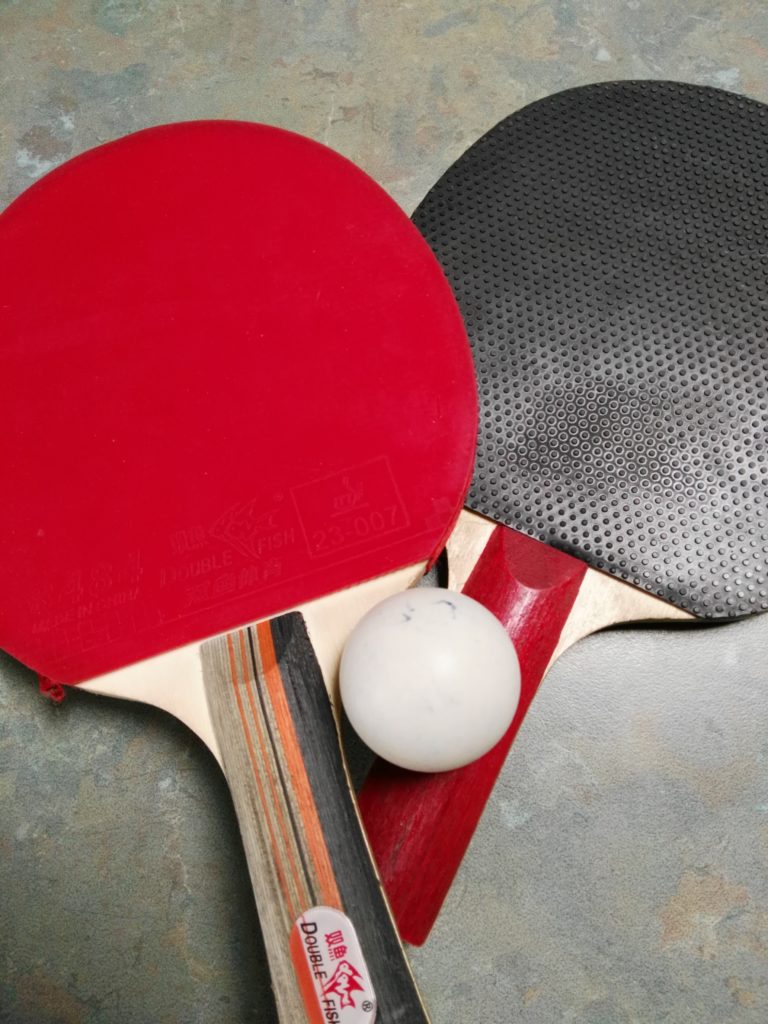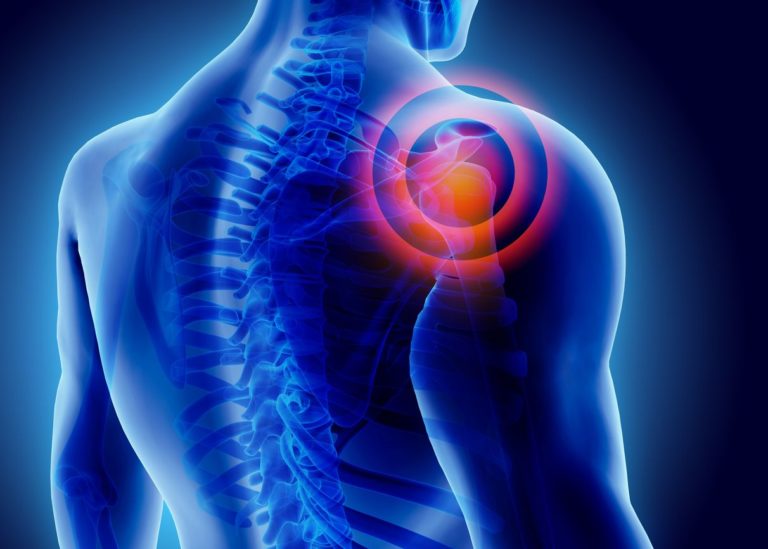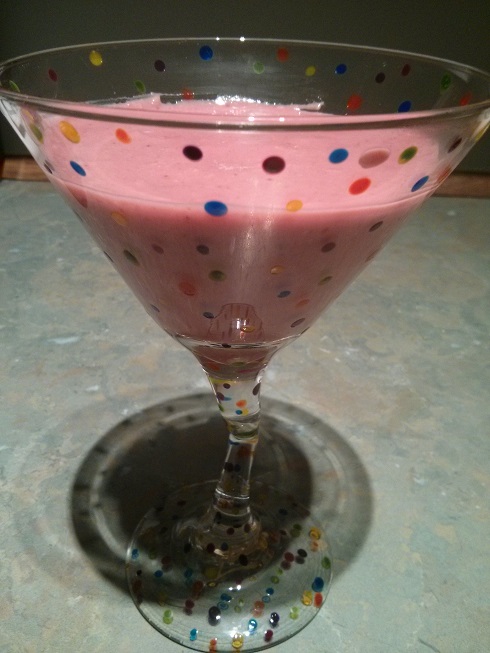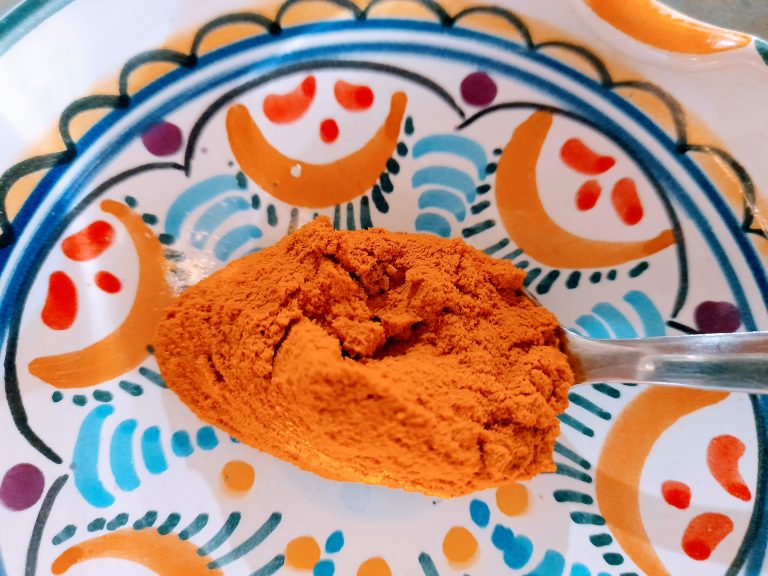Menopausal madness??
‘Disconcerting’ can definitely be an understatement when it comes to Menopause. Navigating this new territory can provide numerous challenges, more easeful for some than others. Sometimes just identifying an odd array of symptoms as being attributed to menopause can bring understanding and calm. Other times, addressing disturbances with a number of approaches can help.
One size never fits all. There are many Naturopathic and complementary medicine approaches as well as Menopausal Hormone Treatment (MHT), the new name for HRT. MHT seems to be most beneficial fr women during the first ten years after periods have ceased.
What does Menopause or Perimenopause look like:
Diet plays a part…
Diet can make a big difference – both in what we consume and what we reduce:
- Linseed has a long history of usefulness, both in baking (see our recipe for Linseed muffins ) or consume 2 dessertspoons of freshly ground linseeds in your brekky, salads etc.
- alcohol can increase hot flushes.
Stress management can pay a good dividend.
Anxiety, stress, depression and insomnia are inter-twined with menopause at a time in history when the complexity of life challenges facing this age group has never been greater. Again, there are a range of approaches for managing stress and anxiety that are alternatives to HRT, such as:
- Timely resilience counselling may be useful for building core ’emotional’ strength.
- Herbs like Withania, Melissa, Hypericum etc.
- Exercise.
Underlying risks can sneak up on us…
Silent changes require attention as well; we often forget about these due to their background presence, until a dramatic event occurs like a heart attack, stroke or bone fracture.
Lifestyle changes like exercise, diet and attitude and herbs/supplements can all prevent the expression of cardiovascular disease and osteoporosis.
Again, simple, tasty food additions like turmeric, ginger, garlic, cinnamon, cardamon, rosemary, lemon and olive oil can all contribute to delicious eating and prevent longer-term post-menopausal health problems.
Cardiovascular disease – can lead to heart attacks and stroke
Heart attack is the biggest killer of women in Australia: 22 women lose their lives to heart disease every day. Heart disease takes three times more lives than breast cancer.
Ischaemic Heart Disease is the most common form of heart disease, with the underlying cause of atherosclerosis reducing blood supply to the heart muscle. The accepted predisposing factors of atherosclerosis include smoking, high blood pressure, high cholesterol, diabetes, poor diet and lack of exercise.
Women who experience severe Vaso Motor Symptoms like hot flushes, sweating and migraines and other menopausal symptoms are at greater risk of developing cardiovascular disease (CVD), coronary heart disease (CHD), or stroke. As oestrogen normally maintains the flexibility of blood vessels, oestrogen decline leads to increased vasoconstriction of the vessel walls and an accelerated production of low-density lipoprotein (LDL).
Lower oestrogen contributes to widespread inflammation in the body, with increased insulin resistance and abdominal weight gain as well as aches and pains.
Lower oestradiol levels after menopause are related to: https://pubmed.ncbi.nlm.nih.gov/37034510/
– altered vascular function;
– increased inflammation;
– upregulation of the renin-angiotensin-aldosterone system and sympathetic nervous
system;
– reduced nitric oxide-dependent vasodilation;
– increased oxidative stress;
– decreased mitochondrial function;
– increased cardiac fibrosis.
Cholesterol
It’s not as simple as ‘high’ or ‘low’ cholesterol, “Everyone thinks that LDL (low-density lipoprotein) is bad and HDL (high-density lipoprotein) is good. That is complete nonsense.” (Eagle Natural Health, Eagle Natural Health Expert Voice Podcast with Dr Ross Walker)
“LDL and HDL are divided into small bits and large bits, and this is where size is important” explains Dr Walker. “The small bits are bad. The large bits are good. Small LDL is the portion of the LDL that is easily oxidized by free radicals and get into your arteries. Large LDL is vital for the production of healthy cell membranes, healthy cell metabolism, steroid metabolism, bile salt metabolism, and vitamin D metabolism. We need large LDL.”
Dr Walker recommends a coronary artery calcium score, which involves having a CT scan (low dose X-ray), rather than a blood test, as the best way to detect early heart disease.
Depending on your situation your Practitioner may prescribe specific types of magnesium, CoQ10 (or the activated form Ubiquinol), VitD, Vit K2, garlic, berberine, polyphenols, hawthorn and so on.




